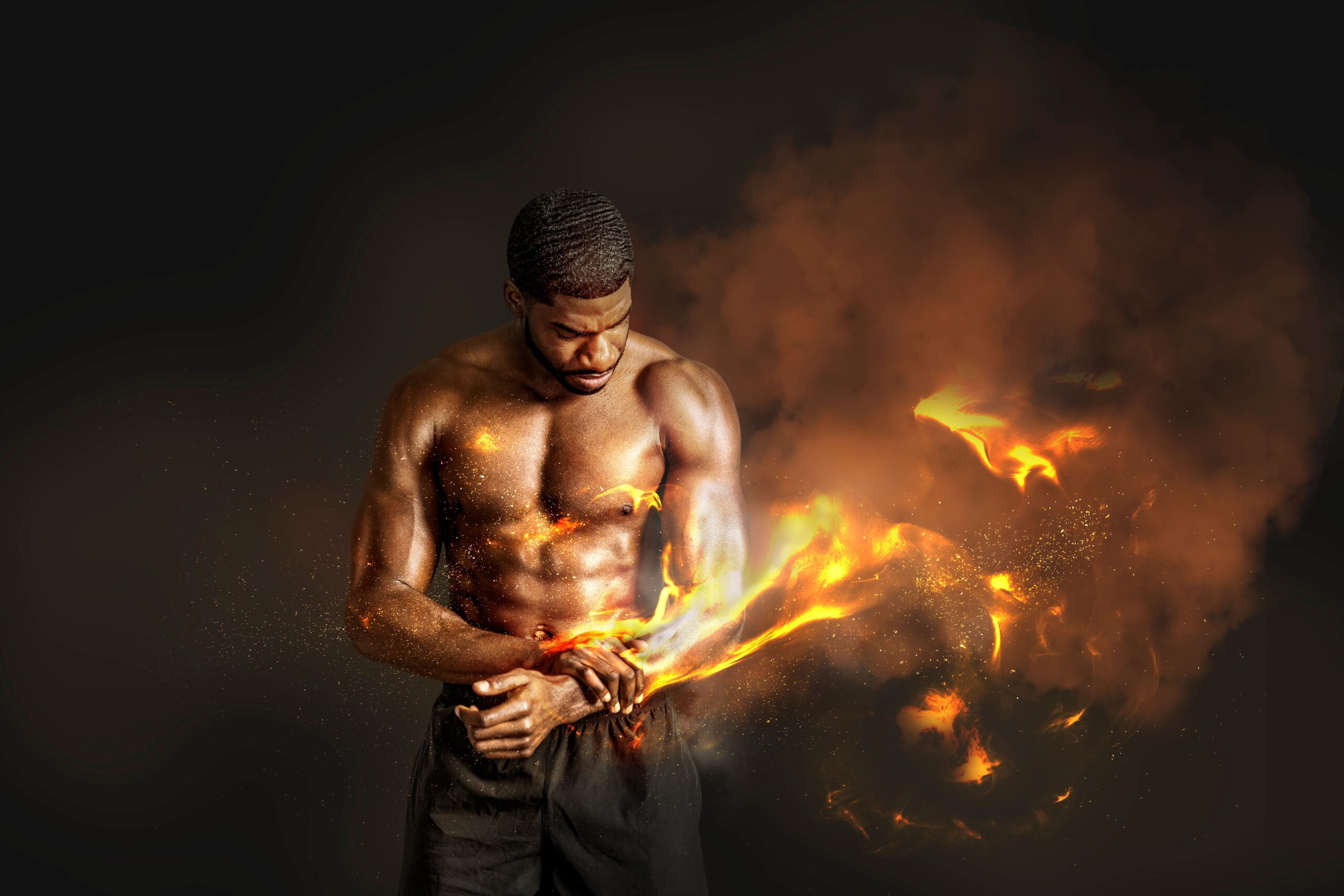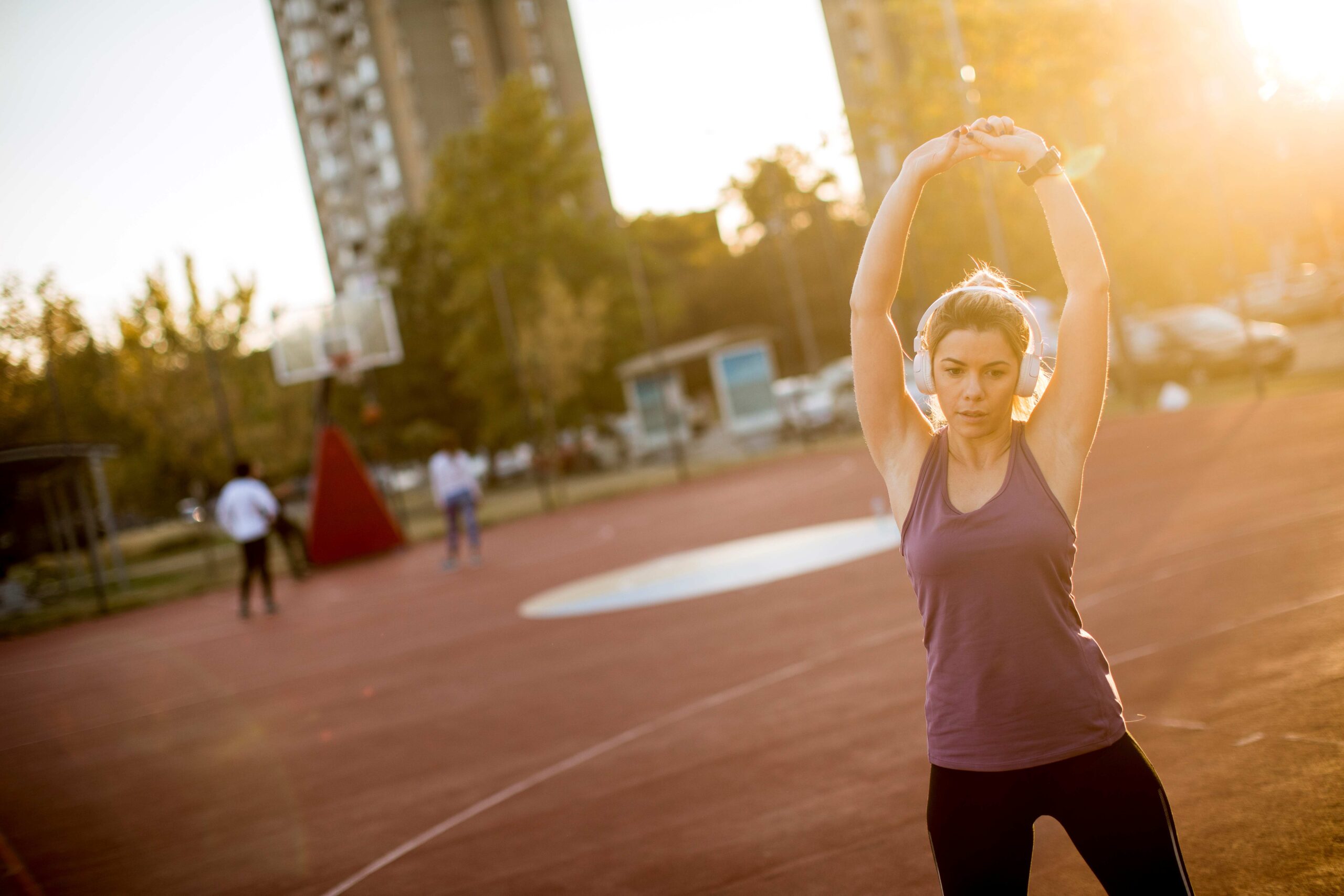Training in Phoenix, Arizona, means embracing the sun-soaked desert environment, and learning to adapt your high-intensity fitness routine as temperatures soar. With summer highs frequently cresting 100°F, making thoughtful adjustments can protect your performance, health, and motivation.
Understand the Desert Heat
Phoenix’s arid climate brings intense sun exposure and rapid dehydration. Even short outdoor sessions can lead to fatigue, cramps, or heat-related illness if you’re unprepared. By recognizing the signs: dizziness, excessive sweating, or muscle spasms, you’ll know when to dial back or pause your training.
Acclimatization is key. Spend 10–14 days gradually increasing your exposure: start with low-intensity, short-duration workouts in the warmth, then slowly build to your usual high-intensity training. This process helps your body regulate temperature, sweat more efficiently, and maintain electrolyte balance.
Timing and Hydration Strategies
Choosing the right time of day and prioritizing fluids are your first lines of defense against the heat.
Before hitting any Phoenix gym or open-air fitness spot, consider these hydration and scheduling practices:
- Hydration Protocol: Aim for 20–24 ounces of water two hours before training, followed by sips every 10–15 minutes during your session. Incorporate electrolyte-rich drinks on hotter days or longer workouts to replenish sodium and potassium lost through sweat.
- Optimal Workout Windows: Schedule outdoor or garage sessions in the early morning (before 7 a.m.) or late evening (after 7 p.m.), when temperatures drop by 10–15°F. Whenever possible, reserve midday for indoor, air-conditioned gym workouts.
By managing when and what you drink, you’ll stave off dehydration and maintain steady energy throughout your routines.
Workout Modifications for Scorching Days
When the mercury climbs, adjust your training sessions rather than skipping them altogether. These modifications help sustain progress while minimizing risk:
- Shorten Intervals: Trim high-intensity efforts from 60 to 30 seconds, increasing rest to match.
- Alternate Modalities: Swap a run or bike sprint for a rowing machine or ski erg in a shaded area.
- Focus on Technique: Use hot days to work on movement patterns, mobility drills, and light skill work rather than max-effort lifts.
- Reduce Volume: Scale back total workout duration by 20–30%, compensating on cooler days with extra sets or a longer finisher.
These tweaks let you maintain consistency without overtaxing your body in extreme heat.
Gear and Environment Adjustments
Your equipment and environment can be tailored to elevate comfort and safety:
- Clothing Choices: Opt for moisture-wicking, UV-protective fabrics in light colors to reflect sunlight and speed evaporation.
- Cooling Aids: Use portable fans, misting bottles, or cooling towels around your training area. In gyms, seek out spots near AC vents.
- Footwear and Flooring: In outdoor spaces, choose shoes with breathable uppers and train on lighter-colored surfaces to reduce heat absorption.
Customized gear and a cooler setup create an environment where high-intensity fitness remains inviting rather than intimidating.
Embrace Heat-Adapted Training
Phoenix’s heat doesn’t have to derail your high-intensity fitness goals. By understanding your body’s response, hydrating strategically, modifying workouts, and optimizing gear, you’ll build resilience and performance under the sun. Use the hottest months to refine skills, focus on form, and prepare for cooler-season intensity. With these seasonal adaptations, you’ll stay strong, safe, and motivated, no matter how high the desert thermometer climbs.
